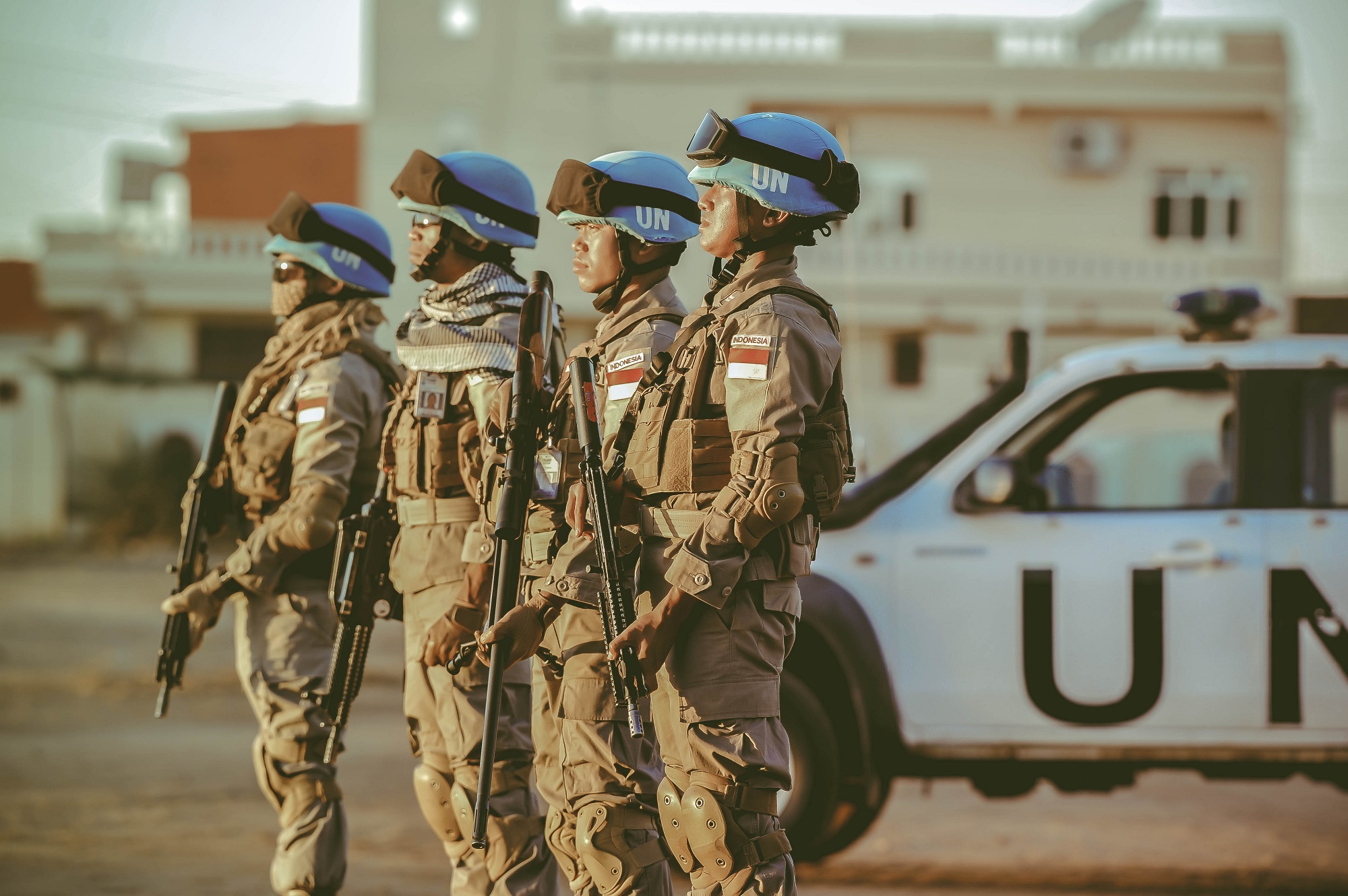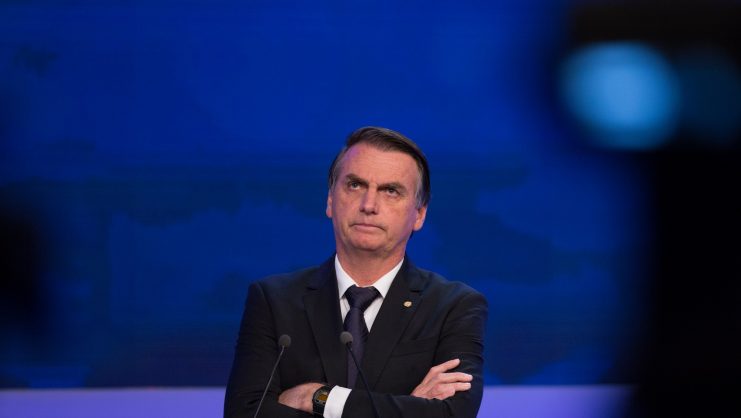The current crisis in global order stems from much more than after-effects of Trumpism and the anti-multilateral instincts of the former US administration. Rather, the problem has deep roots and has been more than a decade in the making. Of course, the world would look quite different at present if Hilary Clinton had been elected in 2016, but the truth of the matter is that even by that point, powerful changes were already underway involving the dynamics between international security, globalization, and the power structure within the United States government.
Why does multilateral order matter? The multitude of reasons include nothing less than peace and security, support for globalization, and the provision of public goods (think distribution of COVID vaccines.) There are a number of factors that have eroded confidence in and the performance of this multilateral order.
One has to do with peace and security. During the heyday of international cooperation, working together to tackle insecurity and violence was a hallmark of a dynamic international system and during the 1990s and early 2000s international cooperation brought wars to their lowest level since the end of World War II. That progress has since stalled, even reversed.
The main issue that impedes conflict management today is how transnational terrorism has fused with civil war. More than 90% of all war-related deaths in the past five years occurred in countries in which a terrorist organization was operating – the majority of which (70%) being concentrated in the Middle East. High death tolls are not the only unfortunate result, but also large-scale refugee flows and eventual region-wide tensions.
This conflict–terrorism combination has overwhelmed multilateral conflict management efforts: the UN is stymied from acting in critical cases, it is unlikely (and not entirely desirable) that NATO would expand out-of-area operations, and the much-vaunted regional operations have shown limited capacity. Worse still, is that there has even been some reversion to the pattern of proxy warfare that brought unchecked slaughter during the Cold War.
Secondly, the reversals in political support for globalization have proven particularly detrimental – and it is important to note that the deepening of anti-globalization is not solely a left-right issue. In Europe, the US, and Latin America, there are voices from all sides of the political spectrum questioning the merits of expansive globalization and the reliance on globalized supply chains. Of the major economies, only Germany has adopted a model that could herald the emergence of a globalization that is both equitable and resilient, but Germany has done so by imposing financial and social costs on the rest of the EU.
It would be foolhardy to believe that even under a Biden presidency, geopolitical competition would recede, or that we would see a gushing of enthusiasm for expansive globalization.
The third factor is how, over the past several years, the international community’s ability to provide global public goods has quietly eroded. Needless to say, the COVID-19 pandemic has quickly and brutally shed light on the undeniable consequences of this. This is where contemporary anti-multilateralism is most damaging, because if the politics of withdrawalism continue in the United States, it will be difficult to organize efficient provision of global public goods and the rest of the world will be left exposed to the resulting global public bads: disruptive climate change, pandemic disease, financial instability.
Still, some parts of a global public-goods response can be carried out by others—notably by middle powers, both of the West and the global South. The question we are faced with is what is the most potent, viable coalition that can be assembled to protect and preserve the instruments of the provision of global public goods from both the forces of authoritarianism and from the politics of nationalist isolationism?
And lastly a rise in geopolitical tensions means that – for the first time in nearly four decades – there is the very real possibility of active military hostilities between the world’s major military powers.
Of course, the Biden administration has continued to shape these dynamics in important ways since the US election. Nonetheless, it would be foolhardy to believe that even under a Biden presidency, geopolitical competition would recede, or that we would see a gushing of enthusiasm for expansive globalization. Nor have US-China relations suddenly improved; they continue to be tense.
Thus, the best-case scenario ahead is a competitive struggle over the policy and character of the multilateral order. Why? Because we simply cannot return to the cooperation and comity of the post–Cold War era and the G20. Effective policy aimed at the rejuvenation of the multilateral order should not be premised on the false hope of a reawakening of the golden age of multilateralism. Instead, we should use the rivalry between major powers such as China and Japan, India and Pakistan, Germany and France, and yes the United States and Russia, and create a foundation of “competitive multilateralism” that can serve as a new method for maintaining the world order and diplomacy.
There are three steps that should be taken in order to move forward with competitive multilateralism:
- Advance the liberal agenda with a coalition of democratic states that works within international institutions to protect and adjust economic liberalism so that it is more consistently addressing inequality.
- Authorize a network of middle powers to protect key multilateral institutions by working across crises (like Iran) and issues (like trade) to “hold the floor” on the key frameworks for cooperation, and have the jurisdiction to hold top powers accountable if they do not uphold multilateral frameworks.
- Allow middle powers to implement diplomacy and policy innovation and develop the necessary guardrails against great-power conflict. Sometimes diplomatic agreements between larger nations can be quietly shepherded by middle powers.
It is an ambitious agenda for a world already straining to deal with the response to COVID-19. Competitive multilateralism aside, the most ideal scenario would be a return to American leadership of the multilateral order, reciprocated by the ideas, ambition, and policy initiatives of the world’s middle powers. With Biden now in the White House, it is clear that the United States has returned to playing an active role in international affairs. The rest of the world should not, however, be lulled into thinking things will go back to the way they once were. It is time to pick up the important work of forging coalitions that can expand opportunities for nations to work together in a progressive and integrated.
© IE Insights.






